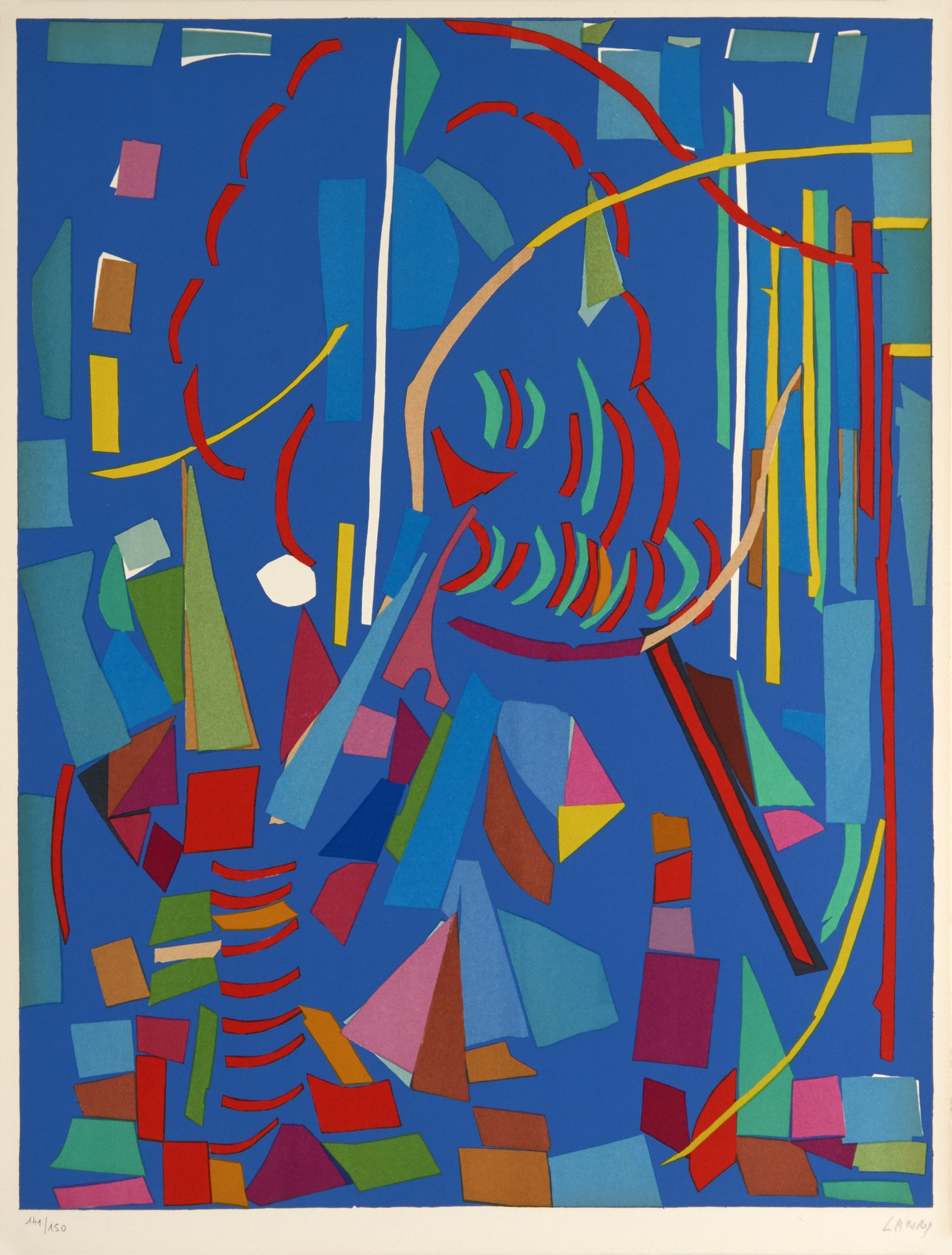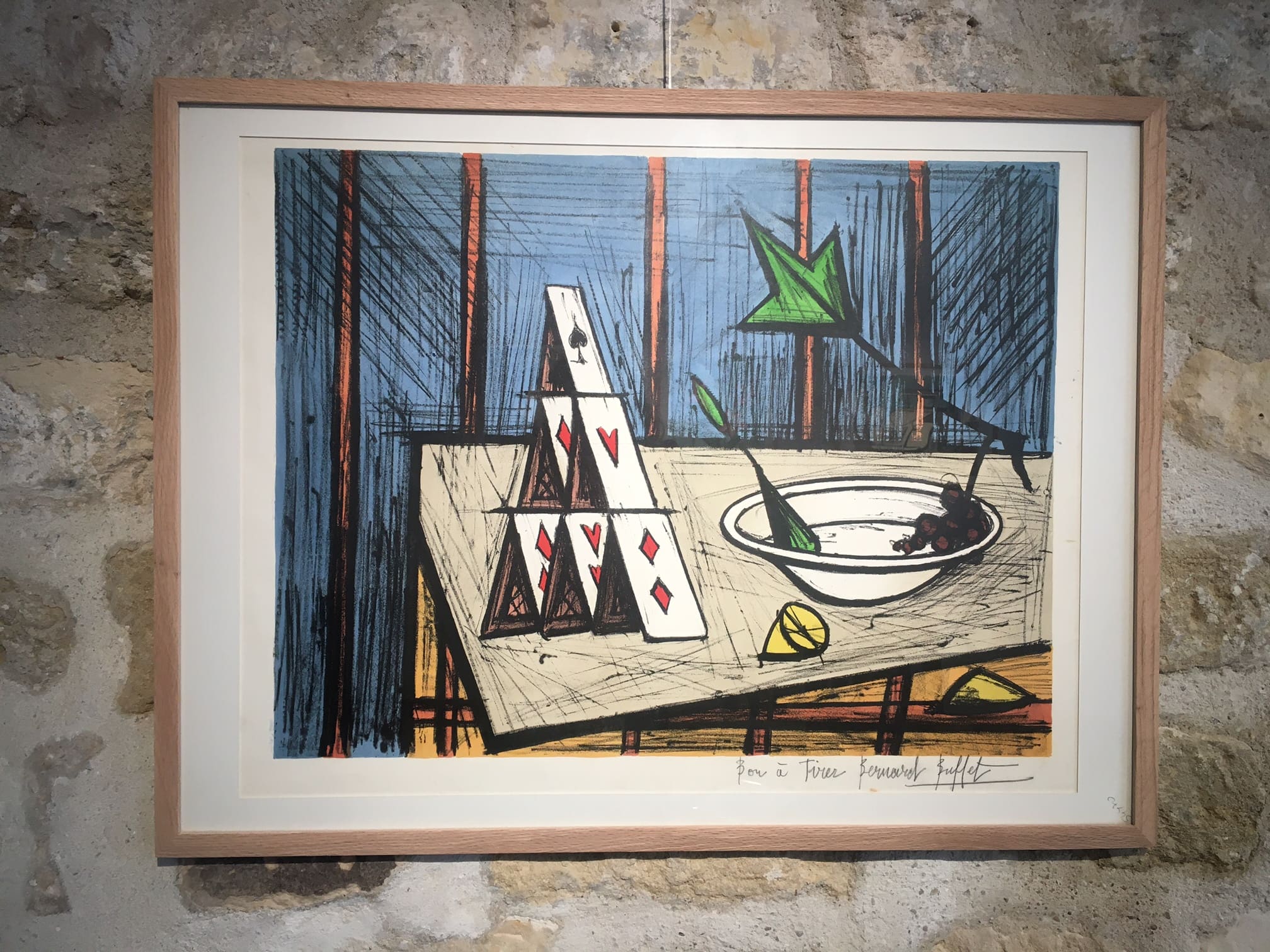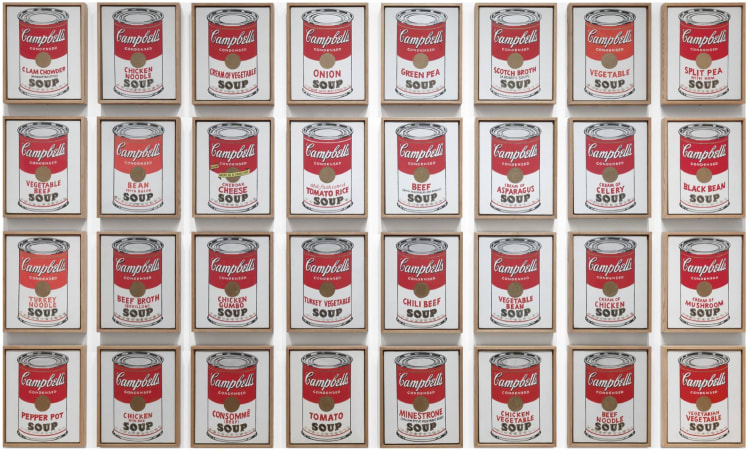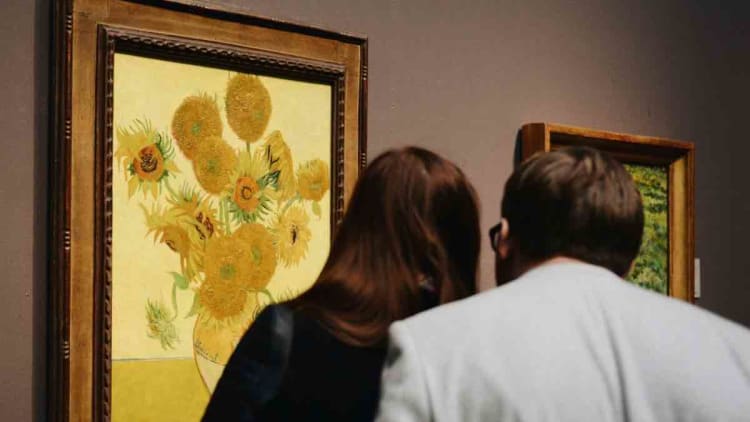You wish to acquire a lithograph or to sell one, however, the mentions which appear there are not familiar to you? What is the role of the signature on a lithograph?
In this article, we explain to you what you need to know about the justifications of a lithograph in order to better understand the specificities of this artistic technique and to better evaluate the value of a lithographic proof.

Definition of the lithograph
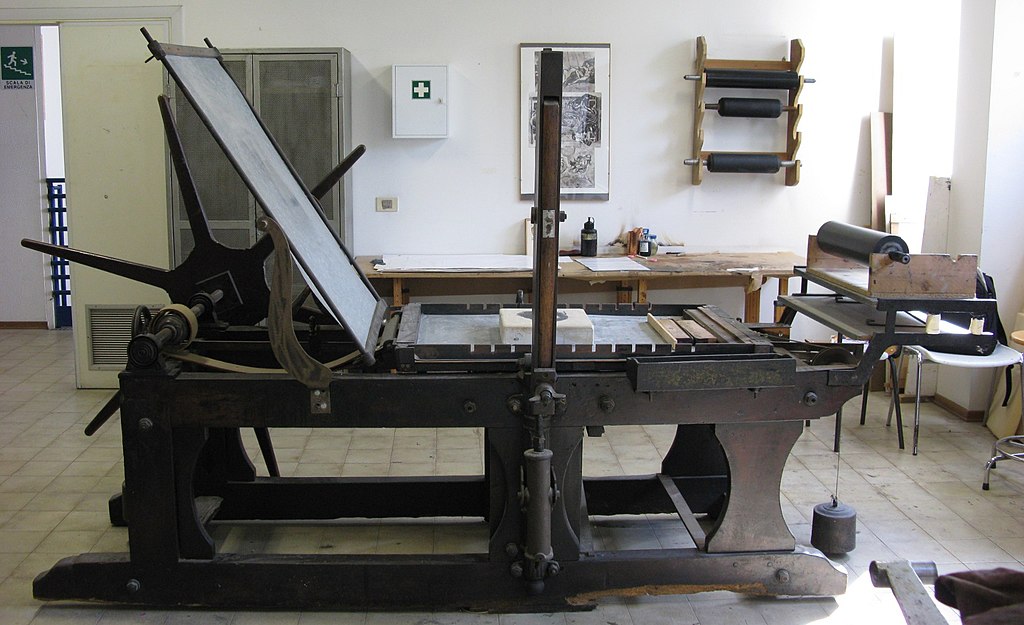
Lithographic press
First of all, here is a simple definition of lithograph: a printing technique which consists in creating or reproducing in a defined number of copies a drawing executed with grease pencil or ink on a limestone.
The justification in lithograph
The justification refers to any element outside the image, more precisely, on the margins and/or the back of the work. In fact, the justification is neither the paper used nor the image reproduced on the sheet.
In general, a justification is affixed in pencil. It gives value to the work because it shows the degree of involvement of the artist in the creative process. The justification is therefore important because it allows the work to be situated in the artist's production.
Justification through numbering
The numbering is generally found at the bottom left of the work, but it is quite possible to find it at the bottom right or even on the back...
Here is a concrete example of numbering with this lithograph by André Lanskoy :
Blue composition, André Lanskoy, 1965, signed and numbered 141/150
The numbering is usually indicated in Arabic numerals (example: 12/20), but it can also appear in Roman numerals (example: XII/XX). Here the numbering corresponds to the 12th copy on 20.
The justification by states
When the numbering is replaced by letters, it is a state.
To carry out lithographs, one or more stones are used for the number of desired prints. If the artist is satisfied with the first copy printed, it is marked "BAT" (in French : Bon à tirer).
Example of a BAT for a Bernard Buffet lithograph
In addition to the expected number of numbered prints that will come off the press, the artist, publisher and printer usually reserve a few prints for themselves. These works should not exceed 10% of the total number of prints.
When the prints are reserved, the artist mentions "A.P" (artist's proof) or "H.C." (hors commerce, French for "not for commercial use").
The signature of a lithograph
Among, the justifications impossible to circumvent in lithography there is the signature. The signature of a lithograph is capital, indeed, it justifies that the artist is indeed the author of the work and it proves to which point it was implied in its design.
The signature can take several forms on a lithograph:
- The artist's usual signature, usually his full name.
- A monogram: his initials, a letter or a symbol.
- A signature stamp: this stamp can be affixed by an institution or any other person. Generally, it is used when the artist does not want to sign or cannot sign, for example after his death.
- A signature in stone: the artist has signed directly on the lithographic stone. With signatures in stone, there are sometimes two signatures on the same work: one from the stone and the other affixed in pencil after printing by the artist.
- An Inkan: these symbols are used by Japanese artists. In fact, the Inkan is a kind of craftsman's stamp.
Good to know
Once the desired number of prints has been reproduced, the artist and his printer have the stones treated, they are polished so that the design disappears and new prints cannot be made. Afterwards, the polished stone can be used again for the creation of other lithographs.
Unlike bronze prints, there is no legal limit to the number of copies of a lithograph. Nevertheless, the average print run is considered to be 100 copies.


